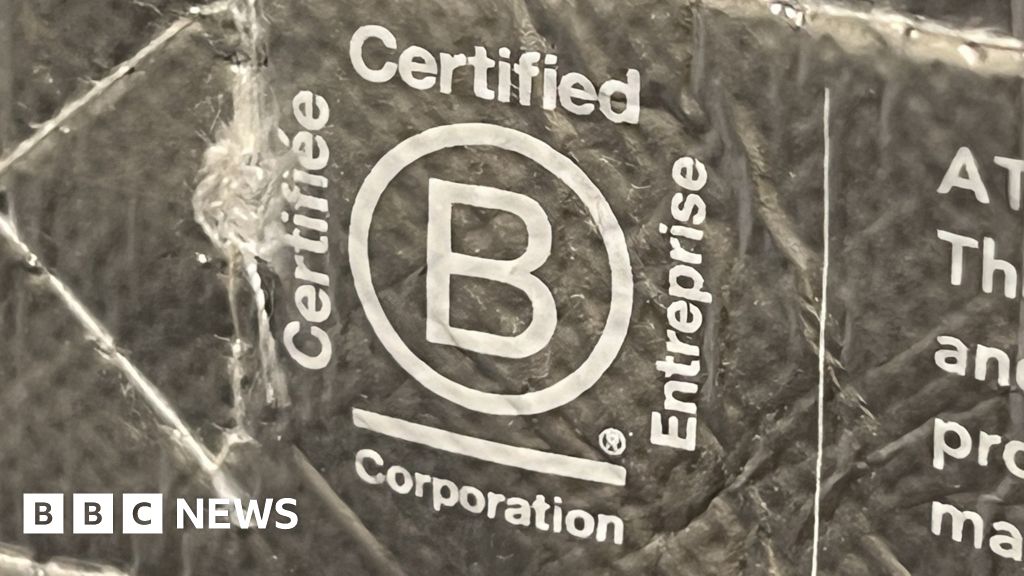.
getty
“When you’re surrounded by people who share a passionate commitment around a common purpose, anything is possible.”
That’s not from a philosopher. It’s from a guy who sells coffee—Howard Shultz, the purpose-driven visionary who built Starbucks into a multinational chain with more than 35,000 stores worldwide.
Jennifer Dulski also knows a thing or two (many more things, in fact) about the power of purpose. She’s filled leadership roles at Facebook, Google, and Yahoo! She was president and chief operating officer at Change.org, and today’s she’s CEO (and founder) of Rising Team, a platform that provides tools and training for leading engaging team development sessions. Her bestselling book is PURPOSEFUL: Are You a Manager or a Movement Starter?
Dulski says that when business leaders have a clear and compelling vision, they can motivate employees to feel passionate about their work, and see how their jobs contribute to a larger purpose.
“Movements also thrive on community and shared values,” she says. “By fostering a sense of community within an organization, business leaders can ensure employees feel connected to each other and to the larger mission, leading to greater collaboration and innovation. Incorporating the mindset of a movement leader allows business leaders to transcend traditional corporate structures and create organizations that are more adaptable, engaged, and purpose driven.”
Dulski says successful movement starters begin with a clear vision for what they want to accomplish, and people at any level within an organization can create a vision for their movement using these steps:
- Articulated future—what the world (or your organization) will look like if you are successful
- Purpose—why this matters to you and others (employees, customers, etc.), ideally with data to support it
- Story—compelling real-world examples of how people are impacted by the issue
“Ideally, you want to gather others to support your cause before you make a proposal or request,” she says. “For example, when I worked at Change.org, our all-team meetings were traditionally held on Friday mornings Pacific time. However, our European team members put together a petition to move the meeting to Thursday mornings instead. They explained in a compelling way how morning Pacific time was Friday evening for them and added photos of their children missing them on Friday nights. While they probably could have been successful in this campaign without a petition, creating a petition in this case was particularly effective because Change.org is a petition platform. Overall, it had all the components of a strong vision—articulated future, purpose, and personal stories.”
Jennifer Dulski
.
As most of us realize, the disruptions triggered by the Covid pandemic caused people to re-examine the importance of purpose in the workplace? Dulski says the pandemic fundamentally altered workplace dynamics, leading many employees to reflect deeply on both the meaning of their work and how their work fits into the full picture of their lives. She says it also provided a view into both the value of relationships (given how isolated people were) and the value of time (given that people saw how quickly it could be cut short).
With this new appreciation, Dulski says, people want to do work that matters to them and they want their work to be flexible enough to accommodate all aspects of their lives. “Employees want to work at organizations where they will feel trusted and valued and can build strong connections with their colleagues whether they are remote, hybrid, or in person. Companies that emphasize purpose and meaningful work will be better at fostering employee engagement and commitment during uncertain times.”
Dulski says that what sometimes keeps people from stepping forward to take action is “a misplaced sense that we haven’t earned the right to have a voice in certain movements, that perhaps we don’t belong in particular fights in our communities or in our companies because we are outsiders to those struggles.”
So what steps can people take to overcome this hesitation and jump in to make a difference in a particular cause?
“It’s more important to support causes we believe in than to be perfect in how we support them,” she says. “For causes that are for communities we aren’t directly a part of, it’s helpful to start with learning—reading, listening, following key influencers—as well as centering and amplifying the voices of those directly impacted by those movements, rather than trying to start or lead those movements ourselves.”
According to data from Gallup and researchers, employee engagement continues to wane in many organizations. What can leaders do to encourage workers to join forces in championing organizational values? And what can leaders do to ensure that organizational values are worth championing?
Dulski says that while shared values are a key foundation for engagement in the workplace, it’s not enough to articulate values. Organizations need to bring values to life or they fall flat.
“At companies where I’ve worked, we’ve found ways to make the values part of the ongoing experience,” she says. “Successful initiatives include ‘Values Appreciations” or ‘Values Ambassadors’ where people nominate colleagues who represent certain values and recognize them. Making values a key part of evaluating employee contributions to the company, in addition to results, is another way to ensure values are more than just words. By both establishing a set of core values and modeling and promoting those values, leaders can foster a sense of belonging. Employees who feel a strong connection to their company’s values are more likely to be engaged and committed to their work.”
Dulski says connection is another key factor in employee engagement. She cites data showing that if employers invest a small amount of time in consistently helping employees feel more deeply connected to each other, even when they work in remote and hybrid environments, significant increases in employee engagement can be produced.
Dulski quotes South African human rights activist Desmond Tutu as saying, “Don’t raise your voice; improve your argument.” She says that approach can be used in building support for a cause.
“A key part of many successful movements is persuading people in positions of power to make a decision or change their minds about something,” she says. “One strategy that can help in this effort is to understand the people you are working to persuade. When you understand what matters to your decision-makers you can make a more compelling argument for your cause using data, stories, and relationships that are more likely to make a difference.”
.
.
Dulski advocates something called “80/20 decision making.” The idea is that people should be able to make the majority of the decisions that are required to get their jobs done. She uses a “traffic light” system:
She says 80% of decisions are green, meaning employees can make them on their own. Managers can give feedback, but their approval is not required.
Another 5% of decisions are red, meaning the employee knows approval is required before moving forward. These are usually “hard to undo” decisions, like hiring people, large budget items, etc.
The other decisions are yellow, meaning it’s not clear who should make the decision. On those, employees and their managers should discuss and agree whether they are red or green.
“The goal is to get 80% to 90% of decisions in the green, and the remainder in the red, and move things out of the yellow for maximum clarity,” Dulski says. “Using a system like this helps create trust and autonomy, while also driving speed and productivity. At some stages of organizational growth, the percentages may vary a bit. It’s less about getting the exact percentages ‘right’ than it is about creating clarity around which decisions need approval and which don’t.”
In the post-pandemic workplace, many organizations are mandating their employees return to the office, citing productivity and connection concerns. Dulski has some firm opinions on that.
“With return to office (RTO) mandates, companies often ignore the data when it comes to productivity levels and employee-to-employee connection,” she says. She cites research showing that employees on remote and hybrid teams express higher levels of satisfaction with where they work versus in-person employees. In fact, she says, hybrid and remote employees report feeling more trusted, more effective, more appreciated and even a higher sense of belonging than in-person employees.
“Forced and inflexible RTO mandates may have exactly the opposite effect of the intended outcome,” she says. “While executives hope to increase productivity and connection, what they actually do is decrease trust and make people feel less valued and less engaged.”
As a result of these mandates, Dulski says, many workers also experience an “activity avalanche” where too many meetings lead to decreased productivity. “The mandates create a disconnect between leadership and employees, ignoring the flexibility that allows workers to be their most productive selves,” she says. “The companies that will be most successful in this new work environment are those that create flexible return to office policies and focus on intentional connection-building whether employees are remote or in-person.”
Credit: Source link










